What Are We Really Promising Creative Students?
The gap between education, celebration, and actually getting hired
This all started with a conversation after a recent article from Animation Obsessive that took a hard look at the disconnect between major industry events, like Annecy, and the reality of the job market. The article pointed out that while these events spotlight the best of the animation world, they often ignore the not-so-glamorous truth: layoffs, long-term unemployment, and dwindling opportunities for many artists around the globe.
The critique didn’t stop there. It also called out schools for funneling students into expensive programs without painting an honest picture of what awaits them after graduation. Instead of preparing students for real-world careers, it argued, they’re too often selling dreams they can’t deliver on.
And I’ll be honest, it stirred something in me. My gut told me that it shouldn’t be the sole responsibility of the school to be responsible for throwing cold water on an 18 year old’s dream. Or was it? Was I wrong?
I don’t have a polished argument or a tidy solution here. This isn’t one of those newsletter pieces with clean takeaways. It’s messier than that. This is me thinking out loud, trying to unpack a conversation that I think all of us in the 3D and creative education world need to be having more often.
From Good Grades to a Harsh Wake-Up Call
My own story is one version of this journey.
When I was 18, I went to Ohio State with a vague idea that I might want to pursue photography. I did well in my classes, got good grades, showed work in galleries, even won awards. It all felt like forward progress. And like a lot of students, I thought doing well in school meant I was doing the right thing. That it would just keep translating…good grades in high school got me into college, so naturally, good grades in college would lead to a job.
But they didn’t. I left with no understanding of how to actually get hired. No portfolio. No idea what jobs even existed. I had a bunch of conceptual artwork and no plan.

After graduating, I was waiting tables and growing increasingly frustrated. I felt like the school had failed me. And maybe in some ways, it had.
But as I talked to people who were finding more success than me, I realized the common thread wasn’t their grades. It was their focus. They had picked a goal and oriented everything toward it. I hadn’t done that.
So when I applied to grad school, I approached it differently. I chose SCAD because I had a clear direction: I wanted to be a Lighting Artist for animated films. And once I got there, I treated it like a professional training ground, not an academic institution. I didn’t care about grades; I cared about my reel. I collaborated with my professors to tailor assignments toward my goal. And to their credit, they supported that.
That shift in mindset changed everything.
Was my previous false start in undergrad my fault? Maybe even if the school had forced me to be more focused, I wouldn’t have understood anyway.
I felt that frustration with the school slip away and I started to own the fact that I just wasn’t ready in undergrad. I needed to go through the process of graduating and really stare that failure in the face in order to gain the focus I needed.
Or maybe that’s wrong and the system is actually failing students and I was just one of many that they system failed to prepare for the job market.
A Broken System, Even When It’s Trying
Let me be clear, I’m not talking about the predatory for-profit schools that take money and leave students with nothing. That’s another issue entirely. I’m talking about the good-faith programs. The ones that are genuinely trying to do right by their students.
Even those, I think, are working within a system that’s misaligned with the needs of creative careers.
The traditional four-year college model simply doesn’t match the path of a professional 3D artist. Between the technical complexity and the creative craft, becoming job-ready takes time. A lot of it. Six to seven years, realistically. But schools can’t say that without sounding like they’re asking for more money or discouraging enrollment. So instead, they quietly lean into hope.
Students don’t know what they don’t know. They trust that by following the steps, success will come. And that’s where the breakdown begins.
So maybe it is the educational institutions fault for not clearly laying out the path to success for its students?
So Where Does Responsibility Land?
This is exactly what we started digging into inside the 3D Artist Community.
Some argued that schools need to do more: build stronger pipelines to internships, embed job-readiness into the curriculum, bring in more real-world experience. Others pointed out that students need to do their homework too and pick the right school, seek mentorship, understand the market they’re entering. A few folks proposed structural solutions, like linking public funding to job placement rates or instituting portfolio reviews midway through degrees to give students a course correction.
And honestly? Everyone made good points.
There’s no single source of failure here. There’s shared responsibility. Schools should be more transparent. Students should be more informed. And working professionals? We need to step up too. We’ve seen what it actually takes to get a job in this space. We’ve lived through it. We should be helping the next wave find their way—without the sugarcoating, but also without the cynicism.
What Would You Change?
This is where I keep landing: if you could design the ideal education experience for aspiring 3D artists, what would it look like?
How long would it take?
What would the curriculum include, technically, creatively, professionally?
How do we teach not just the tools and techniques, but also how to navigate a freelance contract, a studio negotiation, or a crisis of confidence?
How do we present the reality of this work while still inspiring students to pursue it?
This newsletter, and the community around it, is my small attempt at moving us in that direction by connecting artists, educators, and future professionals in more honest conversations.
So I’ll ask again: what would you build, if you could start from scratch?
Reply to this newsletter, message me on LinkedIn, or send me an email.
I really do want to hear from you.
The 3D Artist Community Updates
3D Merch is here and we have a new hoodie!
3D News of the Week
Annecy: A Lake of Broken Promises - Medium
5 Big Announcements From Annecy: Ron Clements, ‘In Your Dreams,’ ‘ParaNorman,’ ‘Miraculous Stellar Force’ And ‘Lars Of The Stars’ - Cartoon Brew
3D artist reveals the best new features coming in Blender 4.5 - Creative Bloq
Create Realistic Interactive Water with This Real-Time Tool for Unity - 80.lv
Dear Fashion, You’re Sitting on a 3D Goldmine (You Just Don’t Know It Yet) - Seamless by PI Apparel
3D Tutorial
3D Job Spreadsheet
Link to Google Doc With A TON of Jobs in Animation (not operated by me)
Hello! Michael Tanzillo here. I am the Head of Technical Artists with the Substance 3D team at Adobe. Previously, I was a Senior Artist on animated films at Blue Sky Studios/Disney with credits including three Ice Age movies, two Rios, Peanuts, Ferdinand, Spies in Disguise, and Epic.
In addition to his work as an artist, I am the Co-Author of the book Lighting for Animation: The Visual Art of Storytelling and the Co-Founder of The Academy of Animated Art, an online school that has helped hundreds of artists around the world begin careers in Animation, Visual Effects, and Digital Imaging. I also created The 3D Artist Community on Skool and this newsletter.
www.michaeltanzillo.com
Free 3D Tutorials on the Michael Tanzillo YouTube Channel
Thanks for reading The 3D Artist! Subscribe for free to receive new posts and support my work. All views and opinions are my own!


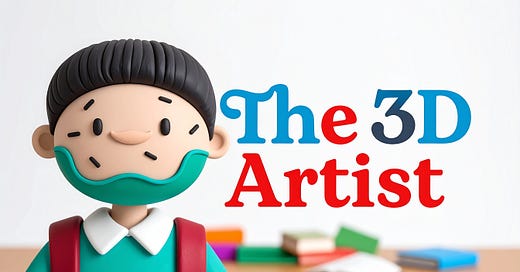




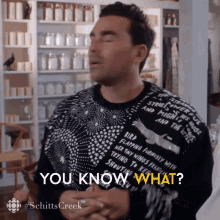
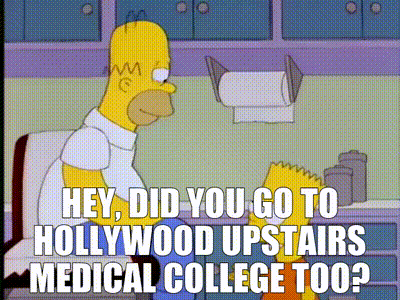
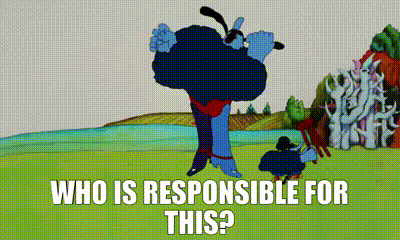
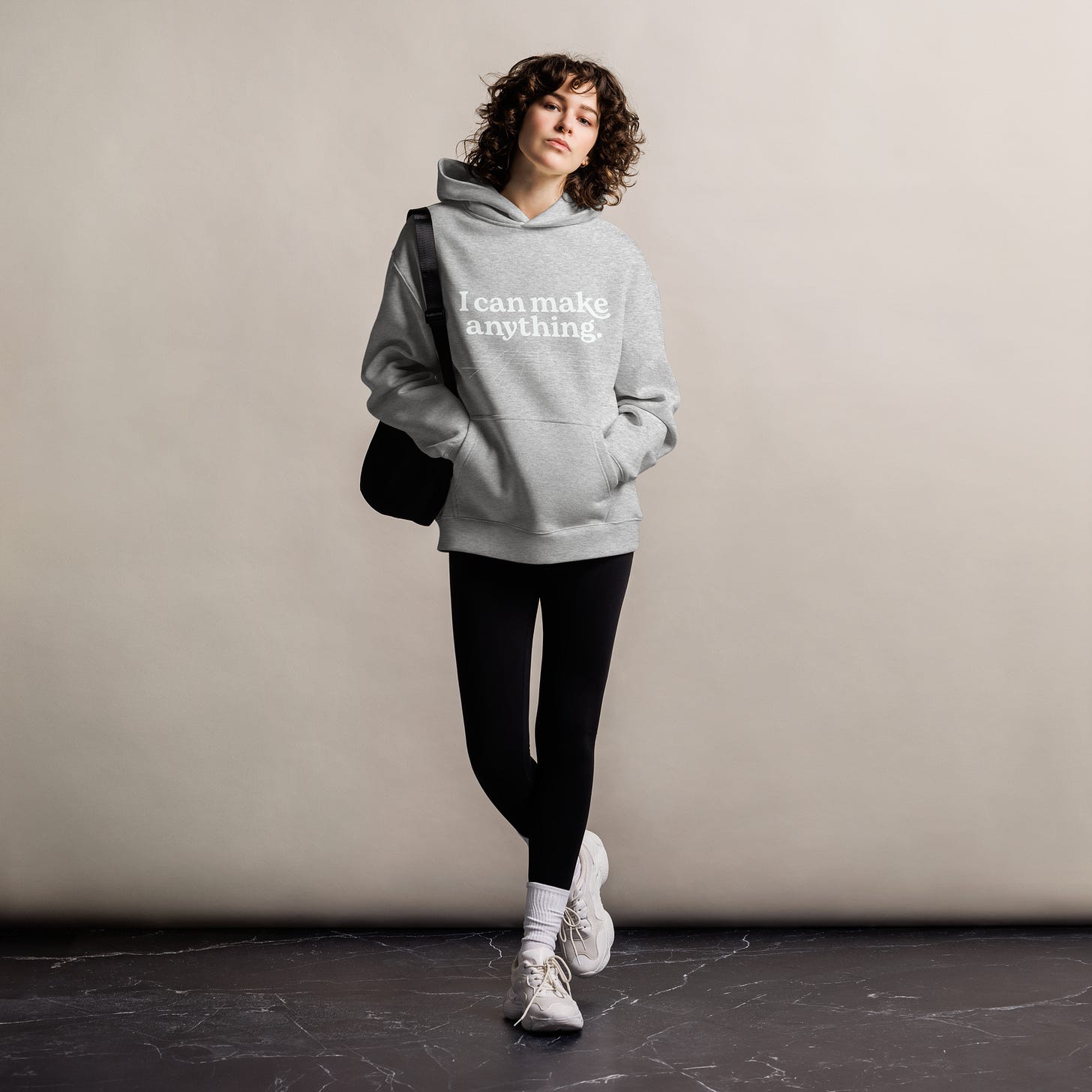

The Animation Obsessive article pinpoints, with well-sourced data, my own concerns about the animation, VFX and motion design jobs markets. I attended OFFF 2023 and found no hint of the already-parlous situation that many of my peers and my ex-students were facing. We are already at the point where institutional support for the animation industry has evaporated- from production houses to distributors to education, there is nothing being done to address the elephant in the room. As a 3D tutor myself, there has always been inherent guilt about taking students’ money without being able to affirm their ability to work as professional artists, but it is now unlikely in the extreme that any but the top 5% of artists in any stage of their career enjoy stable employment. I tell myself that I am training my students to be good artists whatever the world outside is doing, but I really wish we had a program to find opportunities for them.